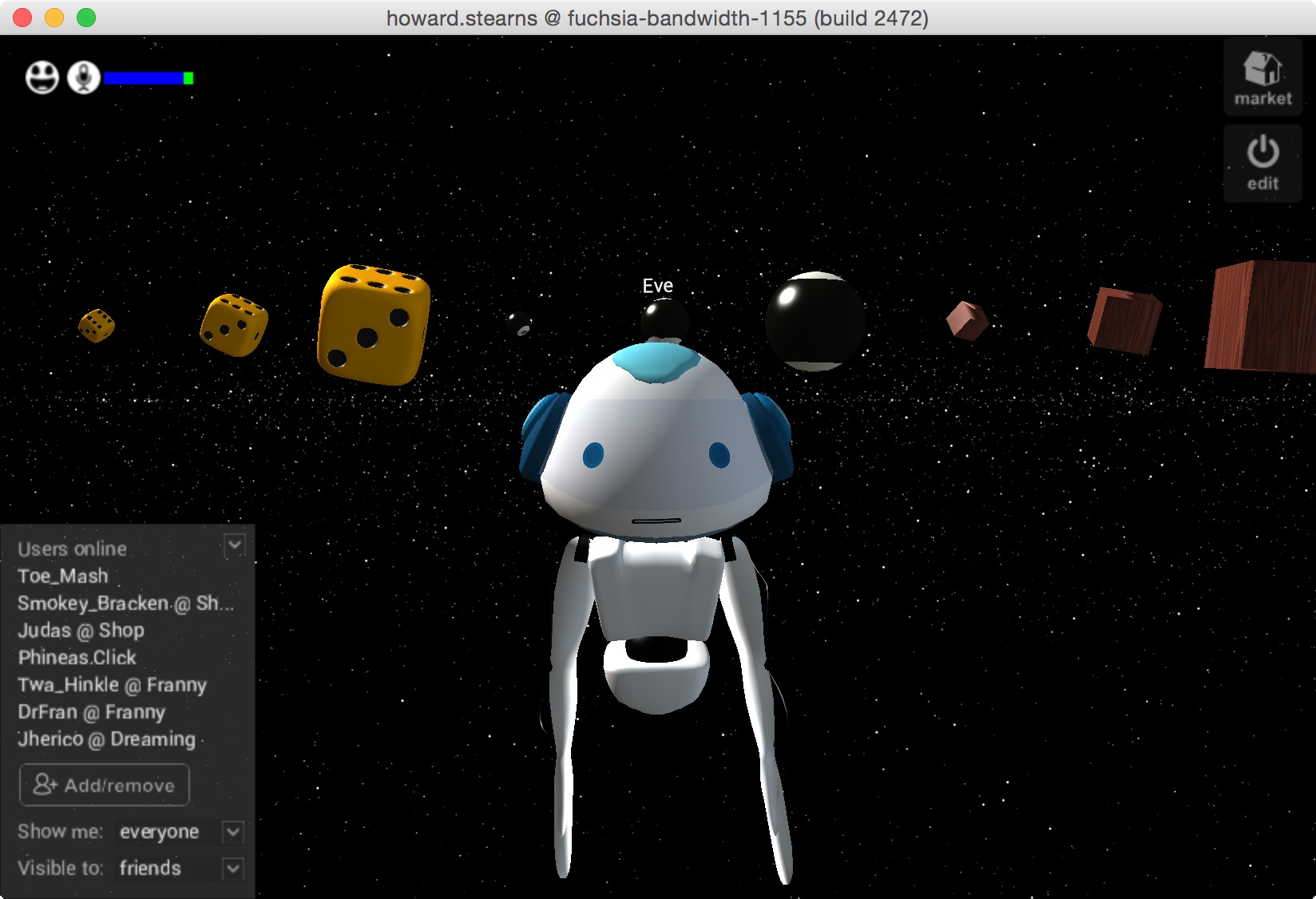As reported by Brian Fung at Washpo and others, a company called Commercial Network Services (CNS) has filed the first network neutrality complaint under the FCC’s new rules — which went into effect June 12 after the D.C. Circuit denied a stay request. You can read the complaint here. While I probably should not prejudge things, I expect the FCC to deny the complaint for the excellent reason that — accepting all the facts alleged as true — Time Warner Cable did absolutely nothing wrong.
I elaborate on what CNS gets wrong, why this differs from other high-profile disputes like Cogent and Level 3, and why such an illustration is good for the FCC’s rules as a whole, below . . .





